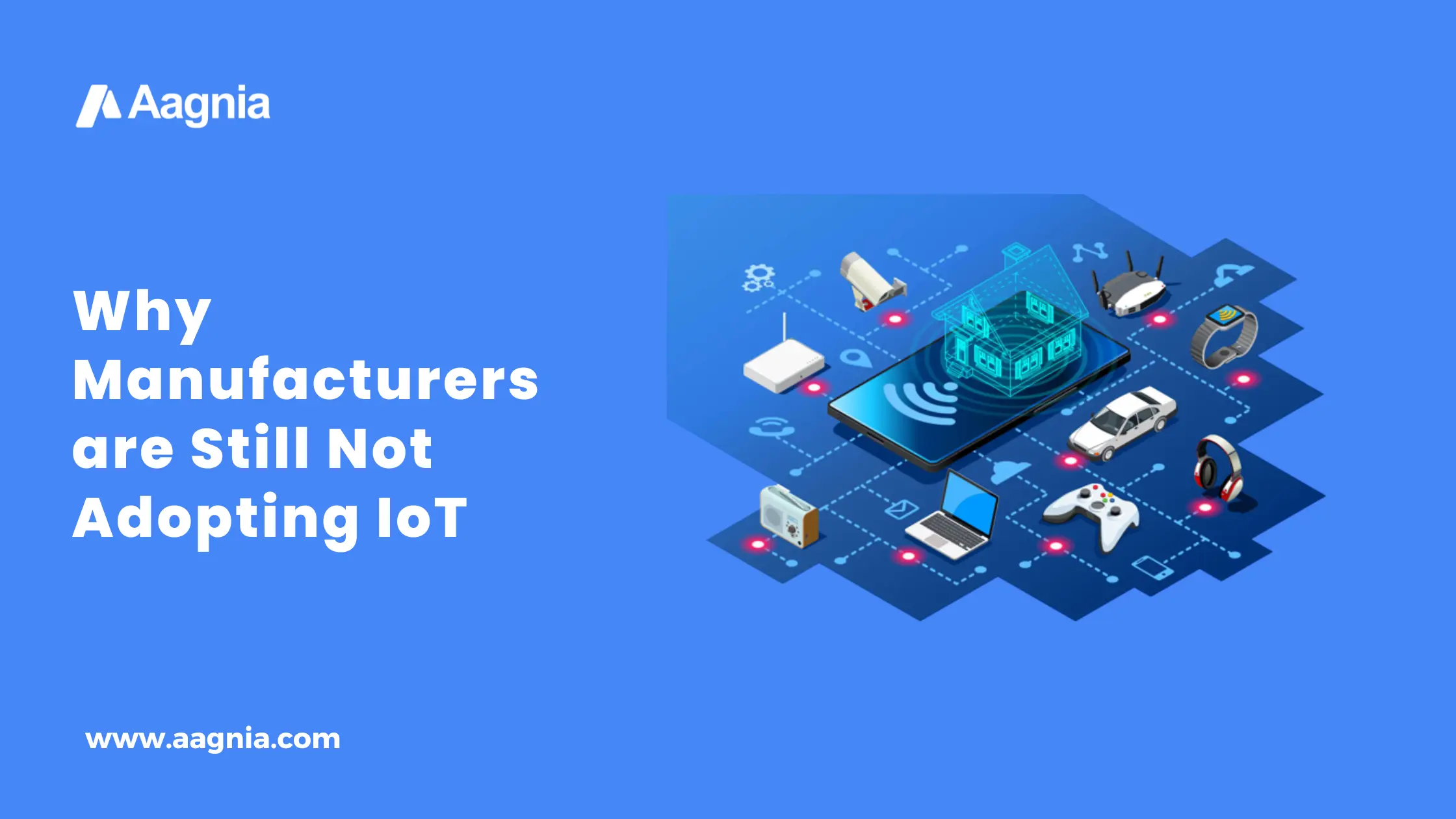
Why Manufacturers are Still Not Adopting IoT
Manufacturers are using IoT to improve efficiency and reduce costs. But there are many barriers that prevent companies from fully implementing IoT solutions.
There are many reasons why manufacturers have yet to adopt IoT, including security concerns, lack of expertise, and cost.
One reason why manufacturers are reluctant to adopt IoT is because they do not understand how it will benefit them. They also fear that IoT will make their products more expensive. However, IoT has been proven to save money by reducing downtime, improving quality, and increasing productivity.
The Cost of Implementing IoT
There are several reasons why manufacturers are hesitant to adopt IoT. First, they do not understand how IoT will benefit them. They fear that IoT will make the cost of production higher. They worry that IoT will make their product more expensive. They believe that IoT will take too much time and effort to implement. They think that IoT will require too much training. They feel that IoT will be difficult to manage. They are concerned that IoT will make their business less competitive.
Depending on a company’s strategy, this may or may not be accurate. DIY factory monitoring and ad hoc or piecemeal industrial IoT systems will undoubtedly be more expensive and require investment. The price of upgrading infrastructure with pricey cable runs, device compatibility between various types and generations of OEM equipment, and other factors must also be taken into account.
The ROI is questionable when businesses use these fragmented strategies. Since it fits into a window where they believe their internal resources are most useful, many of them have used this strategy. They think it enables them to develop a system using internal IT and maintenance resources.
Alternatives, however, are now affordable and offer a fantastic ROI. Companies can utilise their data across all equipment by using a specialised turnkey platform, such as the Industrial IoT platform from Aagnia’s. The platform supports even analogue devices and is independent of OEM technology and device age.
To maximise the use of already-existing infrastructure, the platform from Aagnia’s also makes use of reliable but simple-to-install IoT devices. Because of this connectivity, the system can operate on cable, wireless, and cellular networks, eliminating the need for pricey infrastructure upgrades.
Data Security:
Security concerns with cloud-based systems existed in the past. However, the backbone of the cloud-based ecosystem has made investments in technology to make cloud-based systems more secure than on-premise systems in response to the meteoric rise of cloud computing providers like AWS, Azure, and Google Cloud.
Even among the most well-known manufacturers, IT departments are small. They cannot effectively monitor the internal system against attacks, which are almost always based on workstation entry, by investing in security technology. The most effective methods for reducing security risks are best practises and workstation-level training. To further enhance security, cloud providers can address these risks at the server level. While security was once a concern, there is currently a misconception that cloud-based IoT systems are less secure than internal IT protocols.
However, there are some benefits to using IoT. One of these benefits is that it helps companies reduce costs by reducing downtime. Another benefit is that it allows companies to monitor their products and processes remotely. This means that they can detect issues before they become major problems.
Non-qualified staff members:
Companies that have developed piecemeal or ad hoc systems have probably also produced a confusing jumble of different systems, each of which has a different learning curve.
IoT solutions from Aagnia’s make use of simple dashboards that are accessible from strategically placed HMIs. The platform requires less training and the data is contextualised to make useful insights more obvious.
Combining operational technology and legacy systems:
Many manufacturers have long suffered from a lack of interoperability, which has caused them to be wary of new technology. Platform design is crucial in this situation. By implementing IoT in-house, business IT departments could make an already frustrating interoperability issue worse. These subsystems might not be programmable or customizable due to IP and other proprietary issues.
A different strategy is used by a solution like Aagnia’s’. Through API connectivity, it interacts with other existing programmes like MRP, ERP, MES, and others to provide seamless integration. In order to improve the functionality of software systems like ERP, it drives real-time data and insights to all connected system components rather than competing with them.
IoT and Machine Data- How to Use Them for Remote Operations:
The best IoT platforms for manufacturing will provide access from anywhere. Starting with tablets on the shop floor, operators and technicians should be helped by clear dashboards. It ought to be reachable from any location on the planet using a computer, phone, or laptop.
Managers and technicians can act from any location to prevent problems because alerts in a real-time IoT system are frequently sent with prescriptive and analytical data before a problem occurs.
Using IIoT to Increase Operational Efficiency:
With industrial IoT solutions, you can accomplish a lot. Although we’ve already mentioned a few common use cases, there are countless other possibilities. Where do you start is the only issue with this.
In order to at the very least have immediate visibility into shop floor performance, we advise connecting the core of your shop floor. Real-time information about the production process gives you an immediate productivity boost because it keeps the team accountable and ensures that any issues are discovered quickly.
Additionally, if you begin by connecting your equipment, you’ll have a solid foundation on which to build and continue to add value with additional use cases, whether they support maintenance, quality, planning, or another area of the operation.
Explore a Wide Range of IoT Development Services

Join our news Letter
- Revolutionizing Parking Management A Real-Time Example
- The Importance of Regular Application Maintenance
- Logistics Software Solutions and Software Development
- Software Development Services for SMEs
- How Does IoT Aid Businesses in a Variety of Industries
- But what exactly is IoT – What does it mean for manufacturers – How can you use IoT to improve your business
- How to outsource custom software development Services
- 5 Reasons Why You Need To Outsource Software Development
- Why You Need A Cloud Strategy
- The Cloud Is Changing Everything, Here’s How To Make It Work For Your Business


